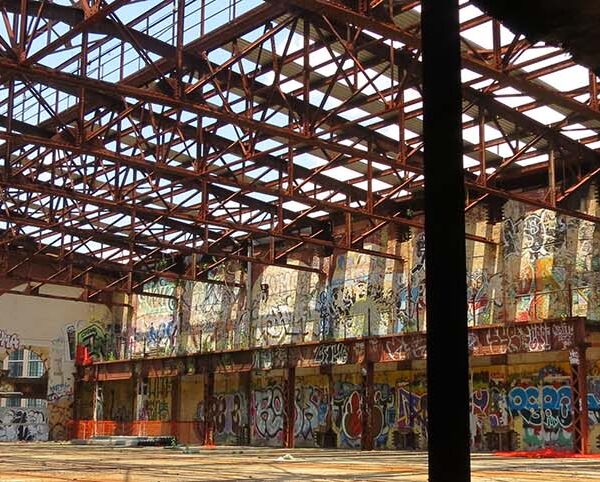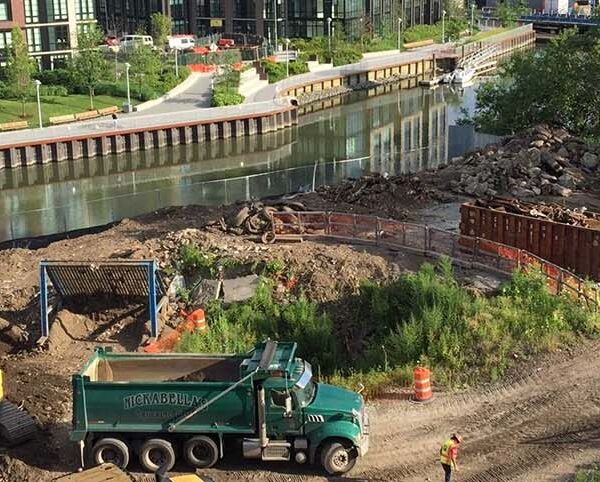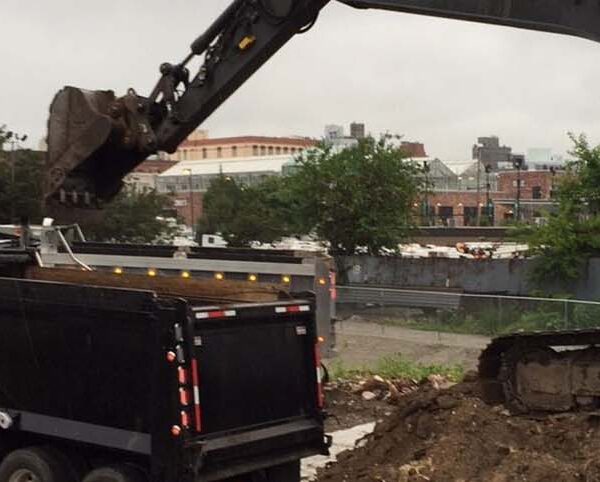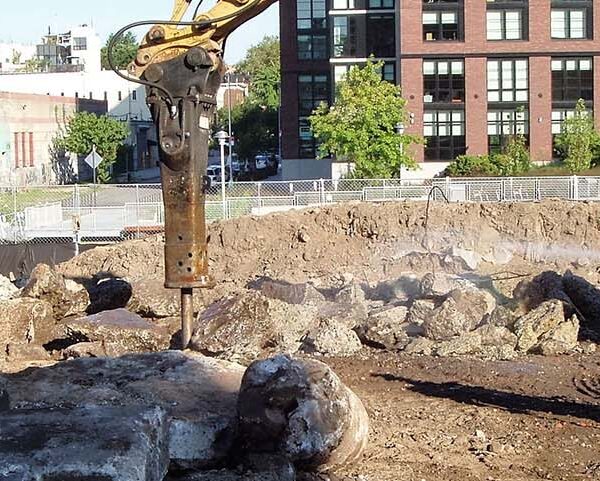Roux – Powerhouse Phase II Site Remediation
Location:
Brooklyn, NY
Client:
Gemini Arts Initiative, Inc
Contract Value:
$2.2 million
Project Dates:
2017
- Remediation
- Transportation and Disposal of Contaminated Soils
- Thermal Disorbtion and Recycling of Petroleum Contaminated Soils
- Thorough on-site Sampling; Testing and Analysis of Soils
- Stone, Sand, Clean Fill
PROJECT OVERVIEW
This project entailed the remediation of a commercial property contaminated with PCB impacted material. Posillico’s scope of work included clearing and regrading of a steep embankment along the Gowanus Canal, and excavation and disposal of approximately 10,000 tons of PCB impacted material. The site had a few hot spot excavations, as well as historic tunnel investigations. Beyond the general earthwork required on the project, Posillico also installed a clean cap over the property and paved areas that needed drainage condition improvements. Lastly, Posillico was required to decontaminate and decommission a water treatment system left on-site by a previous contractor.
WHAT MADE THIS JOB COMPLEX
This project presented complexities on several levels. First, the material excavated was not of the geotechnical nature anticipated and contained exceedingly more debris and landfill material than expected. Therefore, the means of disposal had to be modified from the original plan. Secondly, the proximity to the Gowanus Canal brought on safety challenges: the excavation was close to the edge, with a steep slope to the water. Lastly, Posillico was held to a strict and tight schedule so other trades could get access to the site to perform their portion of the work.
HOW POSILLICO SOLVED IT
Posillico was very responsive in its efforts to quickly find suitable disposal facilities and leveraged its relationships to facilitate speedy approvals and acceptance of the waste material. By utilizing specialty equipment to separate the debris from the soil, the team was also able to create different waste streams to facilitate disposal. Safety being a high priority on all Posillico sites, robust safety measures were implemented, including daily huddles, the use of engineering controls to prevent workers from getting too close to the water (barriers and fencing), and the selection of a larger excavator than anticipated to allow excavation from a further distance. Scheduling constraints were addressed through diligent coordination with subcontractors and other trades.







